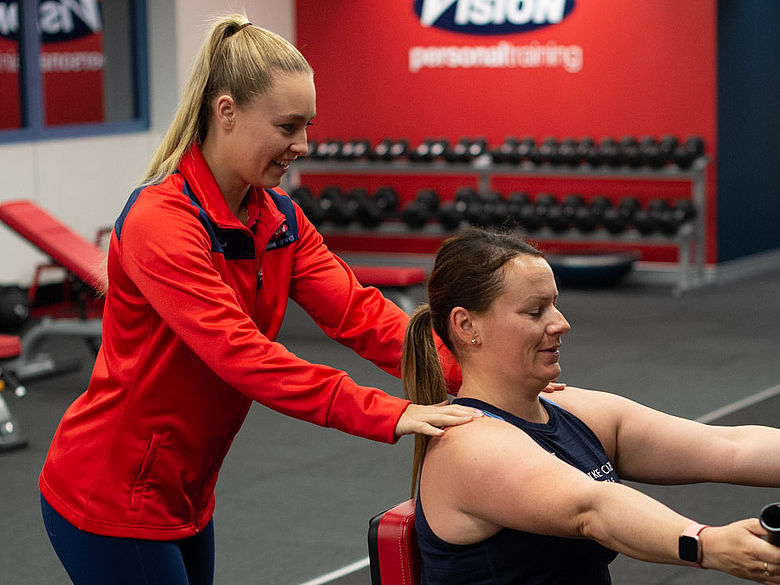You wake up in the morning and struggle to get out of bed, you struggle to bend over to tie your shoelaces and you can't sit comfortably on the couch whilst watching TV…. Sound familiar? You probably also either spend a lot of time at a desk or in the car, maybe both? Lower back pain is becoming more frequent with a more sedentary life as we spend more time at the computer or travelling.
Lower back pain is often caused by an injury to a muscle or ligament which is commonly caused by improper lifting, poor posture, excess weight and lack of regular exercise. It's also often caused by tight hamstrings, tight chest, weak upper back muscles and weak core muscles. Lower back pain can affect everyone, from office workers to manual labourers. Outside of major injuries which require surgical intervention, there is so much you can do to reduce your pain! You don't have to sit in silence!
1: Stretching
Regularly stretching can be extremely beneficial for releasing any stress or tension in your lower back. If you have tight lower limb muscles, the tension and stress can often shift the pelvis causing other muscles to compensate and tighten up to prevent this from occurring, therefore leading to a sore lower back.
2: Strengthening your core
Spending time strengthening the Transverse Abdominis (the sheath of muscle the wraps around the torso) will help to keep the "core" strong and therefore not rely on the Erector Spinae muscles of the back for all the postural work. The more strength and activation all the muscles of the torso can synergistically work together, the less chance of injury.
3: Straighten up that posture
Often common in office workers or those who spend hours at a desk, poor posture can be influenced by having poor strength or muscle development in the upper back, Rounded shoulders or a dominant chest, this being the major muscles which help control the scapula. To help with this, chest stretches are vital to open up the chest and balancing with upper back row or pulldown exercises to strengthen the muscles that hold the scapula in position.
4. Get a stand-up desk at work
Recent studies suggest that up to 54% of back pain can be managed by standing more frequently or moving around. Installing a stand-up desk in your office can increase the amount of time you show better posture.
5: Reduce the load your body carries (your weight)
Reducing any excess weight you carry will reduce the overall load your body carries. Not only does it have many other health benefits to be in an optimal weight range, it will also help the load on your lower back.
*Disclaimer: Individual results vary based on agreed goals. Click here for details.

